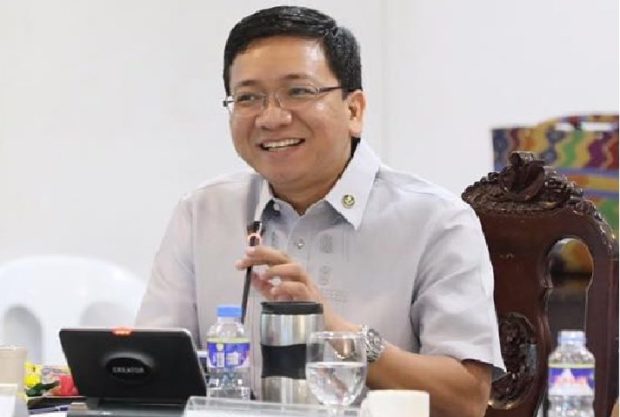DILG clarifies gov’t action to improve plight of barangay health workers
This pertains to the two articles about the plight of barangay health workers that came out in your newspaper on September 12 and 13, 2020. The articles entitled “Barangay Health Workers : Unsung, Unpaid, Undaunted,” and “Barangay Health Workers’ Local Knowledge is Key to Effective Contact Tracing” talked about the invaluable contributions of our barangay health workers (BHWs) to local communities which the national government, particularly the Department of the Interior and Local Government (DILG), truly appreciate.
A “lobby story” to improve the working condition and pay of our barangay health workers is understandable, particularly now that we are battling a pandemic. We do not only support the call of our BHWs, we want to strengthen their role in the 42,046 barangays nationwide.
As of September 15, 2020, there are 102,404 BHWs nationwide. There are 1,925 of them in the National Capital Region; 16,573 in Region 1; 3,598 in Region 2; 11,721 in Region 3; 16,847 in Region IV-A; 2.714 in MIMAROPA; 6,027 in Region V; 9,256 in Region VI; 8,324 in Region VII; 8,284 in Region VIII; 1,573 in Region IX; 5,290 in Region X; 2,497 in Region XI; 2,140 in Region XII; 3,110 in CAR; 2,176 in CARAGA; and 349 in ARMM.
The Department of Health is mandated to train all health workers in the barangays which are under the general supervision of the DILG. Republic Act No. 1995, or the Barangay Health Workers’ Benefits and Incentives Act, provides that BHWs “voluntarily render primary health and services in the community.” Like all volunteer workers, they draw their honorarium from the barangay which is dependent on the Internal Revenue Allotment (IRA) released to them by the Department of Budget and Management for funding. Most of the time, this honorarium is not commensurate to the services they render.
The problem is that not all barangays are created equal. Some barangays get more IRA funding than others, the allotment of which depends on many factors, including population. The richer the LGU is, the more IRA it gets. Barangay health workers in the rural localities have limited sources of funding that is why they are usually underpaid compared to their counterparts in richer barangays. It all depends on the financial capacity of each barangay which cannot spend more than 55% of its budget on personnel services.
To address this concern, the DILG is pushing for amendments to the Local Government Code which, among others, aims to professionalize the operations of the barangays, impose minimum qualification standards on barangay officials and employees, and provide them with regular salaries regardless of the financial standing of the barangay. It is our hope that Congress will pass these amendments soon.
In your second story, we agree with you that these barangay health workers who have more local knowledge and experience in servicing the community, is key to contact tracing of COVID-infected individuals. Under the Bayanihan to Recover As One Act (Bayanihan II), the DILG will hire 50,000 additional contact tracers for this year. Applicants must have college-level education as the job involves special skills like knowledge on investigation. Each contact tracer will receive a minimum of P18,000 compensation a month.
It might interest you to know that the DILG has decided to give priority to qualified barangay health workers, displaced OFWs and local workers, beneficiaries of 4Ps, and members of civil society groups in selecting applicants for contract tracers. A selection process will be put in place to screen all applicants to make sure that only those who are fit to do the job are selected.
Secretary Eduardo Año and the DILG organization does not ignore the plight of any particular group or sector under its supervision. We encourage and champion local autonomy to strengthen the capacity of our local government units to address the problems in the communities, particularly at the barangay level. Rest assured that we are one with our barangay health workers in seeking better compensation for their hard work. Hence, we endorse House Bill No, 3985, or the Barangay Health and Wellness Reform, filed by Barangay Health Workers Rep. Angelica Natasha Co in 2019, which seeks to standardize the allowances of benefits of BHWs.
I hope this clarified our full support for our BHWs. Thank you.
Very truly yours,
JONATHAN E. MALAYA
Undersecretary, DILG
Chairman, STG Risk Communications,
National Task Force COVID-19
For more news about the novel coronavirus click here.
What you need to know about Coronavirus.
For more information on COVID-19, call the DOH Hotline: (02) 86517800 local 1149/1150.
The Inquirer Foundation supports our healthcare frontliners and is still accepting cash donations to be deposited at Banco de Oro (BDO) current account #007960018860 or donate through PayMaya using this link.

















